Classic Seven Churches Relax Tour
Tour Name: Classic Seven Churches Relax Tour
Tour Code: CSCRT-01
Service Basis: Regular / Private
Duration: 7 Nighs / 8 Days
Departure Time: 08:30 am (approx.)
Departure point: Istanbul
Ending point: Istanbul
Transportation Basis: Sit in Minibus or Bus
The Book of Revelation addresses seven letters to seven churches in Asia Minor (modern-day Turkey). Each letter, as proclaimed by Jesus and recorded by John the Apostle, declares the triumphs and failings of the recipient churches and warns each congregation to repent. The advice in these letters is prophetic, forewarning present-day Christian communities of the snares that can lure us away from our faith.
In the first century A.D., the Apostle John was exiled to the island of Patmos, a Roman penal colony near Asia Minor. John’s “crime” was practicing Christianity. While in Patmos, John was seized by the Holy Spirit and received prophetic visions from Christ instructing him to: “Write on a scroll what you see and send it to the seven churches: to Ephesus, Smyrna, Pergamum, Thyatira, Sardis, Philadelphia, and Laodicea
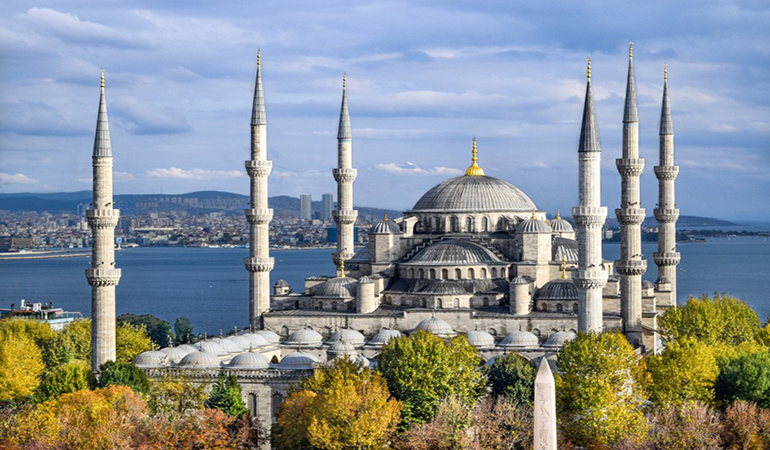 |
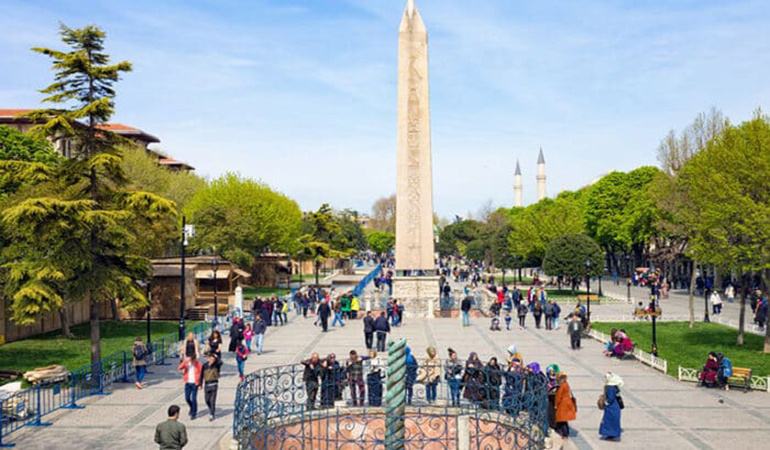 |
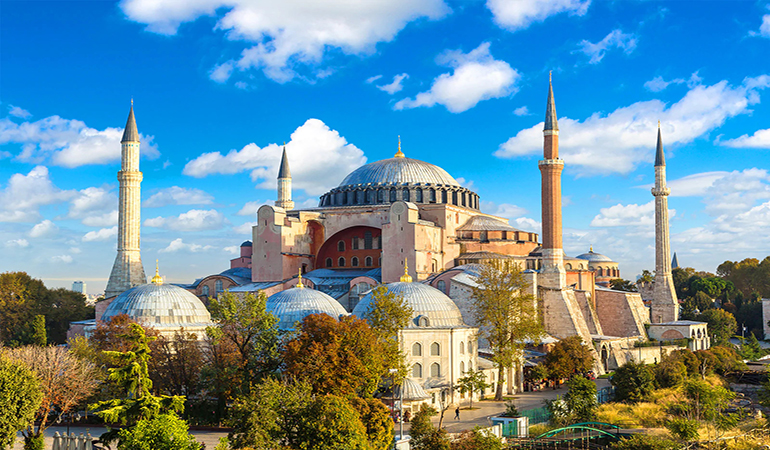 |
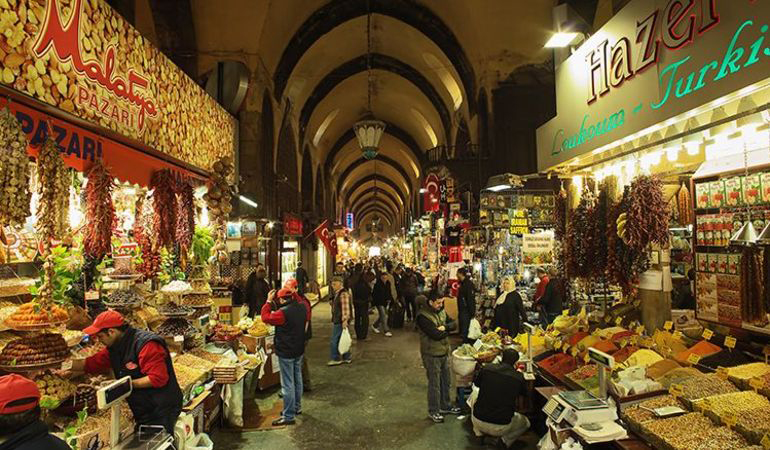 |
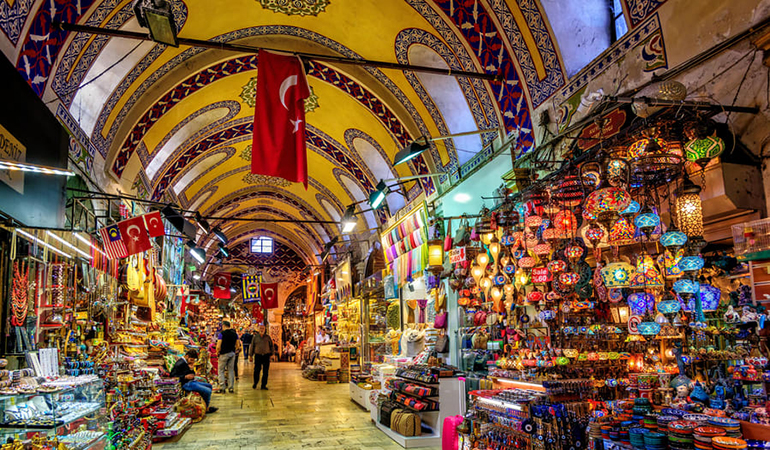 |
Highlights:
| Istanbul | Canakkale | Pamukkale |
| Kusadasi / Izmir | ||
| Manisa | ||
Tour Program:
| Arrival at New İstanbul Airport from your Country, meeting with the local guide, departure to Çanakkale, we continue the road with crossing the Dardanelles Strait by ferry. Accommodation and dinner at Hotel in Canakkale. |
| After breakfast, we continue the journey, we stop to visit the Troy and Pergamon Fortress. Troia, one of the most sung in classical mythology, due to the war started by the Greeks to bring back Elena, the wife of Menelaus who had been kidnapped by Paris. And the Trojans fought. Eventually the Greeks succeeded in conquering Troy, pretending to retreat, and hid in Tenedos, leaving the famous wooden horse on the beach. We continue the journey to the city of Bergama where we visit the ruins of Pergamum; it became famous only in the years after the death of Alexander the Great. The ancient city of Perga, present in the apocalyptic writings, with the ancient temple of Athens, the residence of the student kings, we visit the Acropolis, the library, the temple of Trajan, the theater, the temple of Dionysus, the altar of Zeus, Christian relics, etc. The king of Pergamum Attalus 1 defeated the Gaul’s, earning the respect and friendship of the Romans for Pergamum. |
| After breakfast, we start with a visit to Ephesus ancient Greek city Asia Minor, near the mouth of the river Menderes, in what is today Western Turkey, south of Izmir (now Izmir). One of the largest Ionian cities, it has become the leading seaport of the region. His wealth was proverbial. The Greek city was close to an ancient center of worship of a native goddess of nature, which was assimilated with the Greek Artemis around 550 BC. a large temple was built. Croesus, who captured the city, contributed to this. The common Christian belief is that Mary, the mother of Jesus Christ, came to Ephesus with St. John after the Crucifixion of Christ and the two lived the rest of their lives near the city. St. John or the Apostle Loan was the writer of the fourth Gospel and the book of Revelation. The Gospels agree that he is the son of Zebedee; together with his brother Jacob, they began to follow Jesus as they fished in Lake Galilee. It is believed that the evangelist St. John spent his last years in the region around Ephesus and was buried on the southern slope of Ayosolug Hill. Three hundred years after the death of St. John, a small chapel was built over the tomb in the 4th century. Accommodation and dinner at Hotel in Kusadasi |
|
After breakfast, departure to Pamukkale; which means “cotton castle” in Turkish. The site gets its name from the many white cascading pools with shiny turquoise water surfaces. From a distance, the white limestone walls look like a huge castle of fluffy cotton. These limestone walls were formed by calcium–rich water from springs. Finally, the calcium carbonate in the water slowly settles like a soft jelly and eventually hardens into limestone. Hot springs are not Pamukkale’s only attraction. |
| After breakfast we continue the journey to Alaşehir – Philadelphia. Although several ancient cities were called Philadelphia, this is generally agreed to be the one listed among seven churches written by John in the Book of Revelation. Philadelphia is listed as the sixth of seven churches. A letter specifically addressed to the Philadelphia church is recorded in Revelation 3: 7–13. Aside from the strange fact that Smyrna was warned of temptation that lasted “ten days,” while Philadelphia was promised a total exemption or retention from temptation, Philadelphia shares with Smyrna the distinction of receiving nothing but praise from Christ. We continue the road to Salihli–Sardes. The church of Sardis was founded in the city of the same name, which for a long time was the capital of the old kingdom of Lydia. It was a city on a high plateau, to which there was only one access road. Although it is not known how it came into being, following the letter addressed to it we can see that in the early days the church in Sardis had a period of progress and spiritual victory. Jesus himself tells those in Sardis to remember how they heard and received God’s Word (Revelation 3: 3). We continue the day to Izmir, dinner and accommodation at Hotel in İzmir. |
Day 6: Izmir - Akhisar - Istanbul
|
| After a short breakfast tour of the ancient city of Smyrna was, according to some testimonies, the birthplace of Homer, an important commercial center due to its port and its location about 50 km from Ephesus. The ancient city of Philadelphia is known in the Christian world as one of the seven churches of the apocalypse. The Church of St. Polycarp in Smyrna is one of the two churches to which Jesus does not address any rebuke. However, some necromantic practices of the classical ancient type that aimed at contacting and obtaining the help of the dead survived in the medieval West, but they acquired a secondary importance compared to the other new necromancy that aimed at contacting Lucifer and a special case could be considered the official cult. Departure to Akhisar, visit Thyatira, we continue the trip to Istanbul, dinner and hotel accommodation in Istanbul. |
Day 7: Istanbul
|
| After breakfast at the hotel restaurant, tour of the old city of Constantinople the only city in the world that stretches on the shores of two continents Asia and Europe, visit: Topkapı Palace, St. Sofia Church, Blue Mosque, Hippodrome, Obelisk. Topkapı Palace consists of three distinct areas – Outer Palace, Inner Palace and Harem. Topkapi Palace was the strong center of the distant Ottoman Empire, became the site of events over 400 years of history. “Aya Sofya “– St. Sophia; The Church of the Holy Wisdom is one of the most beautiful architectural creations in the world, dedicated in 536 during the reign of Justinian. Bosporus cruise ; where you can see various sights, palaces on the European or Asian shore. Dinner and hotel accommodation in Istanbul. |
Day 8: Istanbul - Your Country
|
|
After breakfast at the hotel restaurant, you will be transferred to Istanbul Airport. |
| Services Included in the Price | Services Not Included |
|
|
Popular Destinations
Hotels in Istanbul










